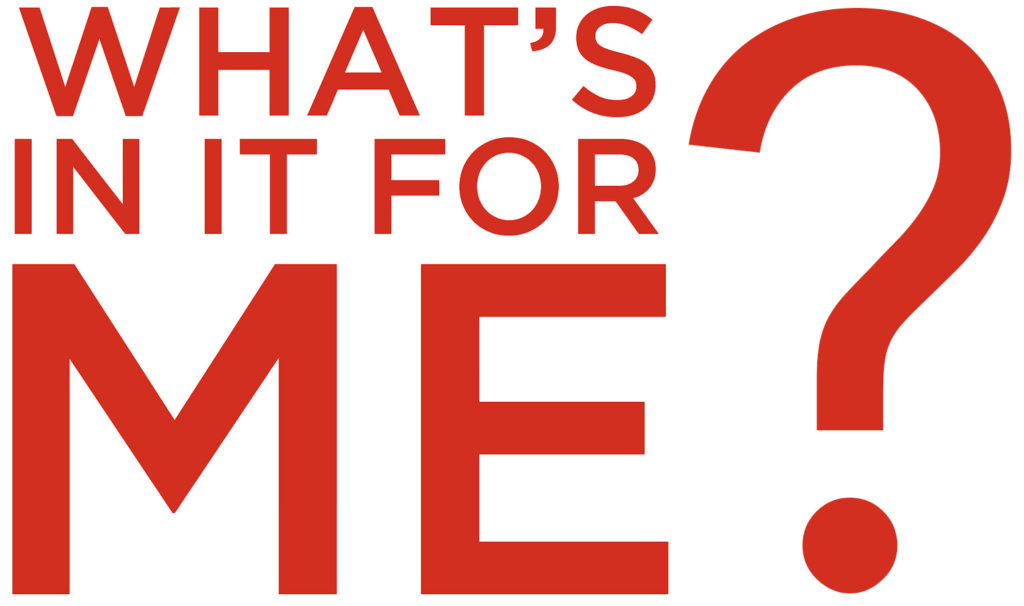Learning Outcomes
- Identify key features of a good presentation
Like reverse engineering a product, we can distill the key features of a good presentation by looking at presentation evaluation scorecards. Refer to Table 1 for a sample class presentation grading rubric.
| Table 1. Presentation Grading Rubric | |||
|---|---|---|---|
| Criteria | Rating | Pts | |
| Overall communication effectiveness. Presentation reflects thoughtful planning (content) and development (structure) and engaged delivery (style) | 10 pts (Full Marks) | 0 pts (No Marks) | 10 pts |
| Presenter has a unique voice and compelling message. | 10 pts (Full Marks) | 0 pts (No Marks) | 10 pts |
| Presentation reflects learning. Content reflects knowledge and thoughtful development of subject. Speaker applies communication concepts learned and/or incorporates relevant terminology. Points are supported by credible sources/data. | 50 pts (Full Marks) | 0 pts (No Marks) | 50 pts |
| Slides reflect thoughtful design. Slides reflect an understanding of and ability to apply design best practices (i.e., 10-20-30 rule; “bullet points kill”) | 20 pts (Full Marks) | 0 pts (No Marks) | 20 pts |
| Presentation meets stated requirements. Presentation meets subject matter, research, length & formatting (including citation) requirements. | 10 pts (Full Marks) | 0 pts (No Marks) | 10 pts |
| Total Points: 100 | |||
At the macro level, the key elements of a good presentation are content, organization, and delivery. There are both substance and style aspects of content. Substance elements include the originality and significance of your idea, the quality of your research and analysis, clarity and potential impact of your recommendations. Style aspects of content include confidence and credibility, both of which have a significant impact on how you—and your message—are received.
Good organization starts with a strong opening and continues in a logical and well-supported manner throughout the presentation, leading to a close that serves as a resolution of the problem or a summary of the situation you’ve presented. The audience experiences good organization as a sense of flow—an inevitable forward movement to a satisfying close. This forward momentum also requires audiences to have a certain level of technical and information-management competency. To the latter point, good presentation requires a presenter to put thought into information design, from the structure and content of slides to the transitions between individual points, slides and topics.
Delivery entails a range of factors from body language and word choice to vocal variety. In this category, your audience is responding to your personality and professionalism. For perspective, one of the three evaluation categories on the official Toastmasters speaker evaluation form is “As I Saw You;” in parentheses: “approach, position, personal appearance, facial expression, gestures and detracting mannerisms.” A good presenter has a passion for the subject and an ability to convey and perhaps elicit that emotion in the audience. Audience engagement—through eye contact, facial expression, perhaps the use of gestures or movement—also contributes to an effective presentation. However, to the point in the Toastmasters evaluation, gestures, movement other mannerisms can be distracting (see Module 7: Public Speaking for more on this). What works: natural (not staged) movement that reinforces communication of your idea.

Figure 1. The WIIFM Principle.
With those key features and presentation-evaluation criteria in mind, let’s add a disclaimer. The reality is that your features won’t matter if you don’t deliver one essential benefit: relevance.
Whether you think in Toastmasters terminology—”What’s in it for me? (WIIFM)” from the audience perspective—or put yourself in the audience’s position and ask “So what?,” it’s a question that you need to answer early. We’ll get into this more in the next section as we discuss presentation planning.
Practice Question
Contribute!
Candela Citations
- Parts of a Good Presentation. Authored by: Nina Burokas. Provided by: Lumen Learning. License: CC BY: Attribution
- Modification of WIIFM. Authored by: Nathan Stephens. Located at: https://flic.kr/p/dEFKQS. License: CC BY-SA: Attribution-ShareAlike
